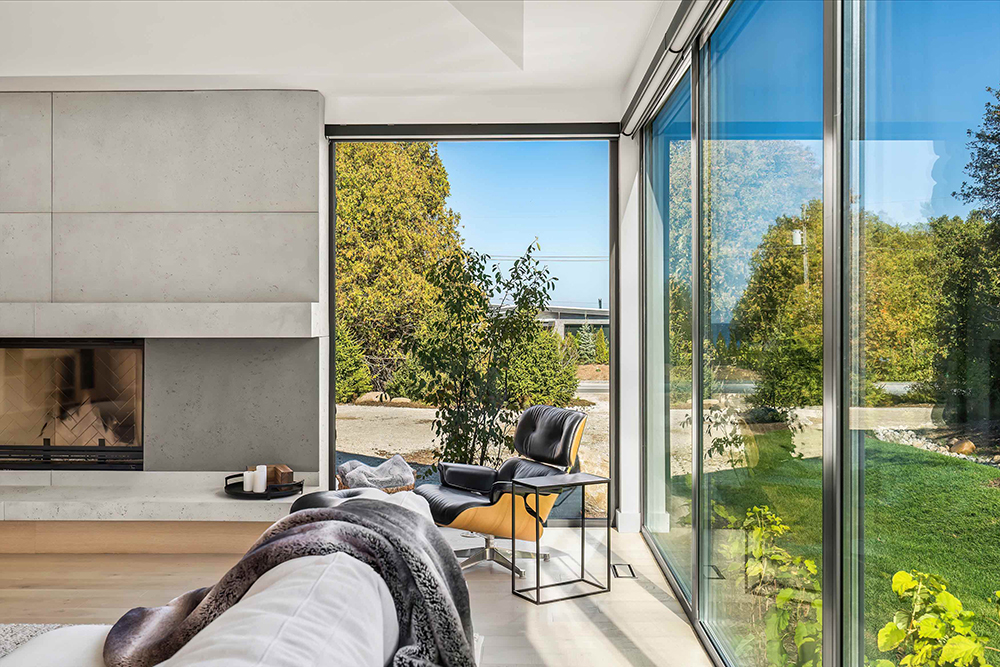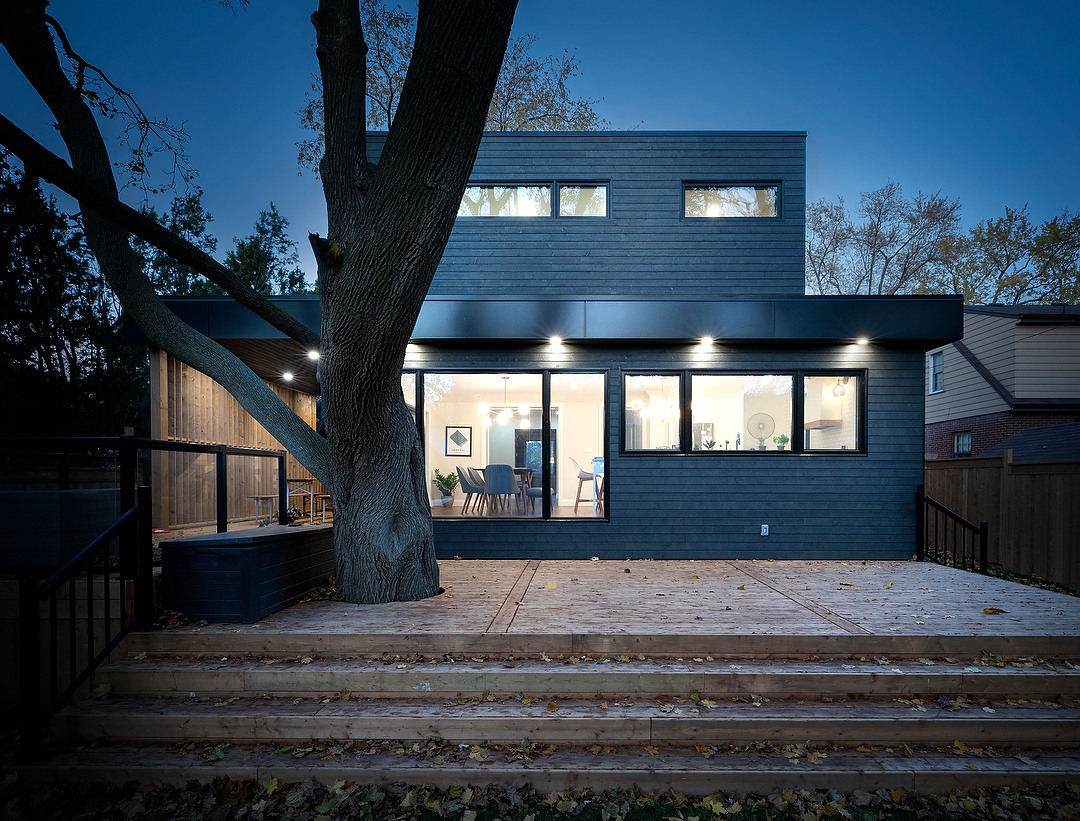As with most questions in construction, when asked “should I renovate or tear it down and rebuild?”, the answer is “it depends”. There are many factors to consider when trying to answer that question, but let’s run through a few of the key ones here.
Addition? Where?
One key question to ask on during the renovations or new build decision process is “how big and where would your potential addition be?” If you’re considering a large addition that’s going to remove the main floor of your existing home and build up, and go out the back, you may find the spread between a new build and the renovation you’re considering to be less than expected.
A lot of labour goes into the demolition phase of an extensive addition and renovation to get us to the point where we can start moving ahead with the actual building. When tearing down and starting from scratch, we only have a couple days of demo, and usually less cost, before we’re off to the races. This is especially true for an extensive addition that adds to the existing footprint, because the excavation and concrete phase will be close to as long as a fresh new build.
If you’re planning an addition on top of the existing house, with an addition that increases the foundation footprint substantially, then a new build should be a top consideration.
Basement
Another area to consider is the basement. Do you use your basement a lot? Are you planning to use the basement often in your newly completed home? What’s the height of the basement in the existing home?
Most of the new homes we construct have a minimum basement ceiling heigh of +-9’, this means you get another completely usable floor in your house that you may not currently have if you have an older home. Further, when we add large windows to the basement, we completely open up for light to flood in, making it not really a “basement” after all. This means you might not actually feel the need to build quite as much square footage as you thought, reducing time and costs.
If you’re doing an addition, of course the added area can have the same +-9’ depth and more windows, but the existing basement will remain the same height, unless it’s underpinned.
Main floor height
When we build a new home we usually have ceilings that are 10’ + on the main floor, most existing homes are closer to 8’. If the main floor is restructured to raise the ceiling height to 10’ or more, there is a lot of labour and design work involved to ensure the change is executed properly.
When building new, 10’ is the standard and we go up from there!
Existing set back conditions
One factor that can nudge things in the renovation direction is if there are close existing lot set backs that you want to maintain. If you tear down the existing house, you will need to adhere to the current zoning bylaws and therefore, the current set back requirements. Of course, you can go through the committee of adjustment process to obtain a variance, but it won’t be the same. There is still a potential that the new addition will have to adhere to current zoning, but at least the existing can remain.
If you push a new build close to the property line, depending on the flanking neighbour’s houses and soil conditions, you may introduce the need for shoring as well, which can be costly.
How much can you really save?
We’re not just talking about money. How much of the existing house are you actually saving to complete your vision? If you’re just going to end up with an old, not properly waterproofed foundation and a really out of level main floor that has all the openings changing, it’s really not worth it, you should build new.
If you’re adding a simple addition and the existing house is getting updated, not full revamped, then renovating may be the path forward.
Budget considerations
The budget for any construction project should always be established up front and prioritized throughout the design phase. If the budget fits a renovation, design for that budget. In the end, a complete renovation with an addition and lots of changes to the existing house as compared to a new build will likely save somewhere between 8% and 12%, as long as the existing home is in solid condition and able to receive the changes.
Timeline for permits and construction
It’s worth considering the process for obtaining approval for an addition versus a new build. In some municipalities, the approval process for an addition or renovation is more streamlined.
“So what should I do, renovate or rebuild?”
The bottom line is, if you’re going to change the entire house and add considerable square footage, then a new build should be a strong consideration versus renovations. However, if you’re looking to add some square footage and keep things relatively the same in your existing home, then a renovation and addition is probably for you.
We’re always here and happy to discuss your options with you to find your best path forward, reach out and let’s talk about it!


